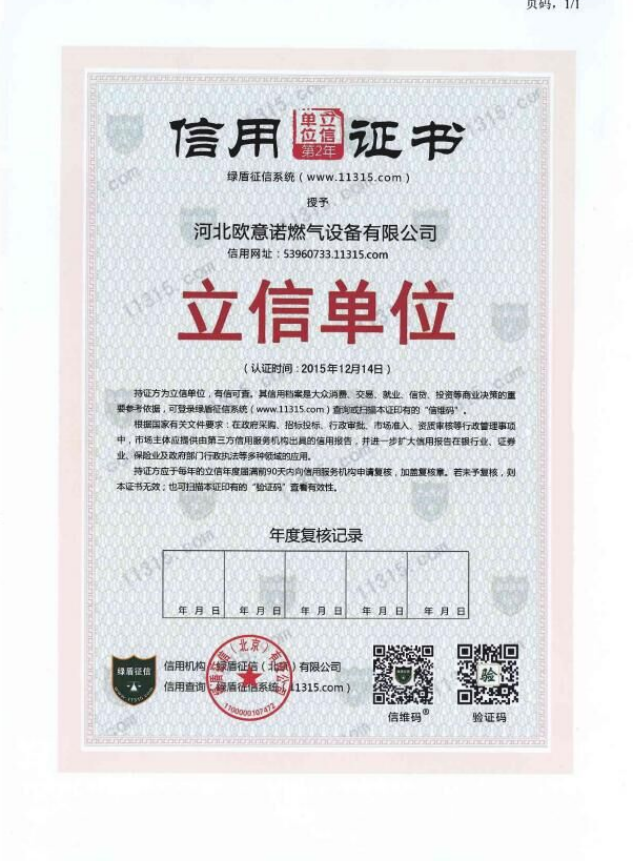
Sep . 16, 2024 22:31
Back to list
Gas Coalescer Solutions for Enhanced Filtration Efficiency
The Role of Gas Coalescers in Industrial Applications
In the realm of industrial processes, the management of gas streams is crucial for efficiency, safety, and environmental compliance. One of the essential components utilized in this regard is the gas coalescer, a device designed to separate liquid droplets from gas streams. This article delves into the significance, operational principles, and applications of gas coalescers, outlining their benefits to various industries.
Understanding Gas Coalescers
Gas coalescers operate on the principle of separating colloidal systems by facilitating the aggregation of smaller liquid droplets into larger ones. This separation is vital, as the presence of liquid contaminants in gas streams can lead to reduced efficiency, potential damage to equipment, and compliance issues with environmental regulations.
The basic operation of a gas coalescer involves the gas stream passing through a filtration medium. This medium is designed to capture and hold onto tiny liquid droplets. As droplets accumulate, they coalesce into larger droplets due to gravitational effects or turbulence within the gas flow. Once the droplets reach a certain size, they can effectively be removed from the gas stream through gravity or drainage mechanisms.
Key Benefits of Gas Coalescers
The integration of gas coalescers in industrial processes offers several advantages
1. Enhanced Efficiency By effectively removing liquid contaminants, gas coalescers help maintain the efficiency of downstream processes, reducing energy consumption and optimizing system performance.
2. Equipment Protection Liquid carryover can cause significant damage to compressors, pumps, and other equipment. Gas coalescers minimize the risk of such damage, extending the lifespan of costly machinery.
gas coalescer

3. Environmental Compliance Many industries face stringent regulations regarding emissions and discharges. Gas coalescers assist in meeting these environmental standards by ensuring that gas streams are free from harmful liquid contaminants.
4. Versatility Gas coalescers can be employed in various industries, including oil and gas, petrochemicals, pharmaceuticals, and food processing. Their adaptability makes them invaluable in diverse applications.
Applications of Gas Coalescers
Gas coalescers find applications across multiple sectors, highlighting their versatility. In the oil and gas industry, for example, they are used to separate water and hydrocarbon vapors in gas production systems, ensuring product purity and optimal recovery rates. In petrochemical refining, gas coalescers help in the treatment of flare gas systems, minimizing emissions and improving overall efficiency.
In the food and beverage sector, the removal of water and other contaminants from gas used in packaging or transit processes is paramount. Gas coalescers ensure that the integrity and safety of food products are maintained, adhering to industry standards.
Moreover, in pharmaceutical manufacturing, the purity of gases is critical to product quality. Gas coalescers assist in maintaining the required standards by preventing liquid carryover that could compromise sensitive processes.
Conclusion
Gas coalescers are an integral component in the management of industrial gas streams. Their ability to effectively remove liquid contaminants enhances operational efficiency, protects critical equipment, and ensures compliance with environmental regulations. As industries continue to prioritize efficiency and sustainability, the role of gas coalescers will become increasingly vital in achieving these goals. With their broad range of applications, gas coalescers stand as a testament to the technological advancements that facilitate safe and efficient industrial operations.
Next:
Latest news
-
Safety Valve Spring-Loaded Design Overpressure ProtectionNewsJul.25,2025
-
Precision Voltage Regulator AC5 Accuracy Grade PerformanceNewsJul.25,2025
-
Natural Gas Pressure Regulating Skid Industrial Pipeline ApplicationsNewsJul.25,2025
-
Natural Gas Filter Stainless Steel Mesh Element DesignNewsJul.25,2025
-
Gas Pressure Regulator Valve Direct-Acting Spring-Loaded DesignNewsJul.25,2025
-
Decompression Equipment Multi-Stage Heat Exchange System DesignNewsJul.25,2025

